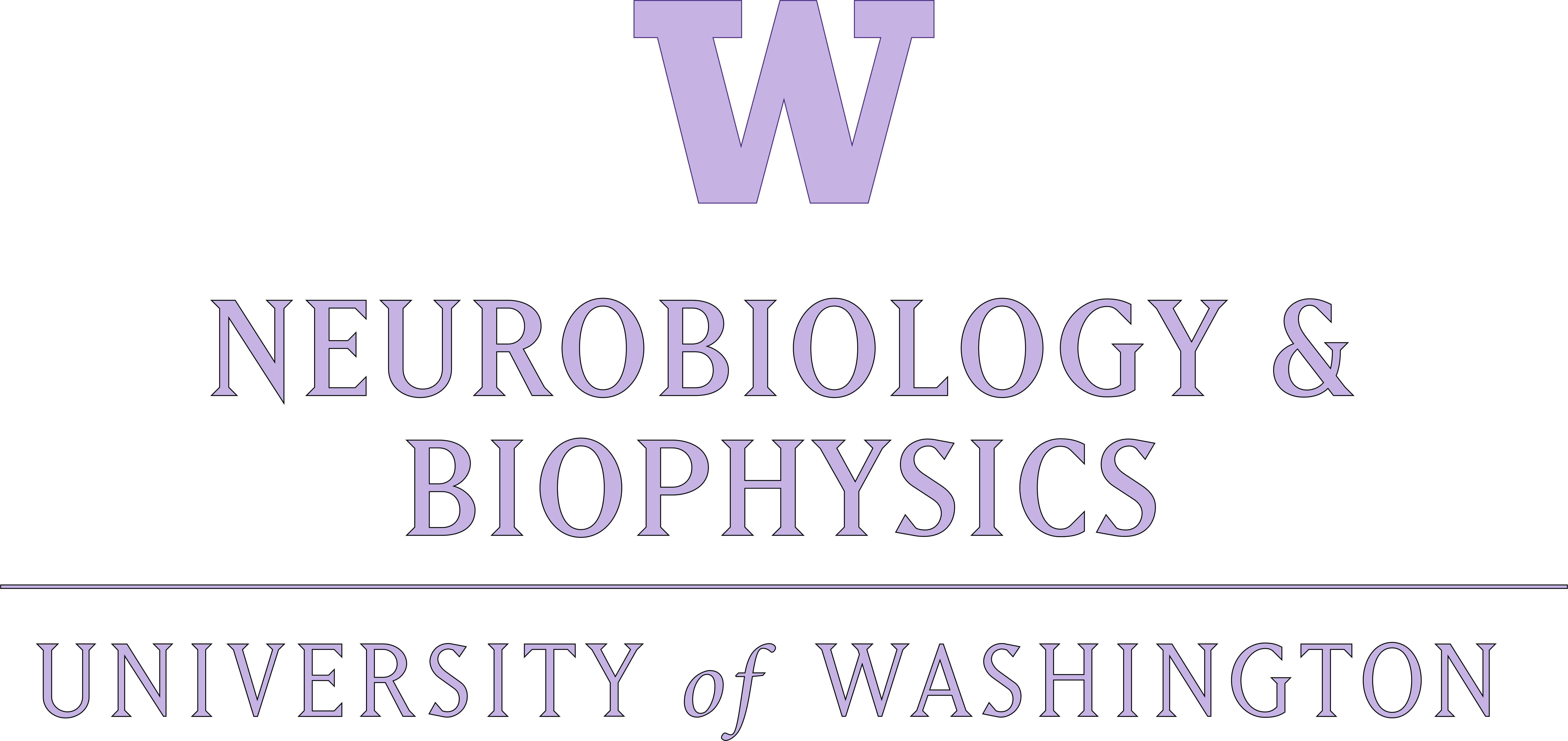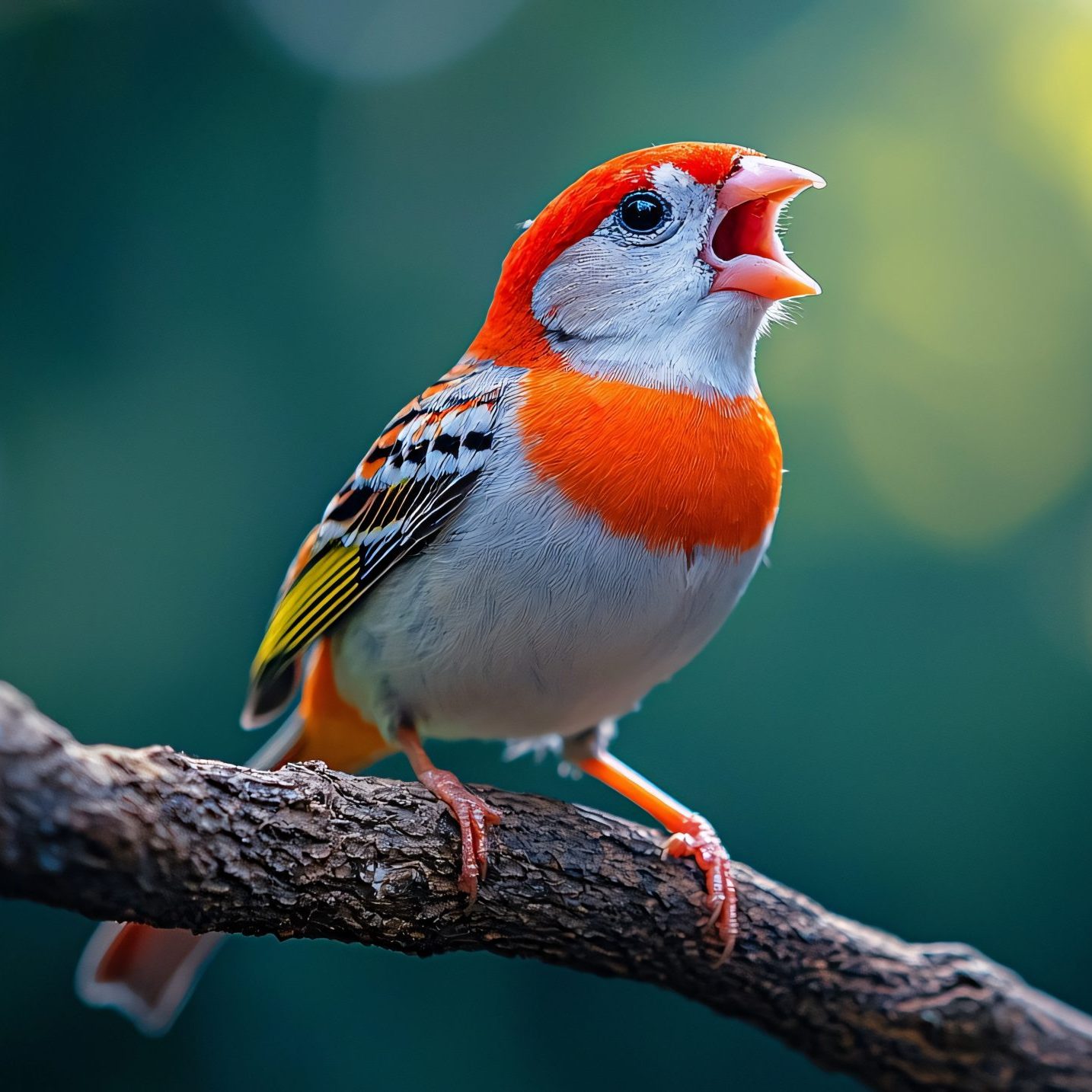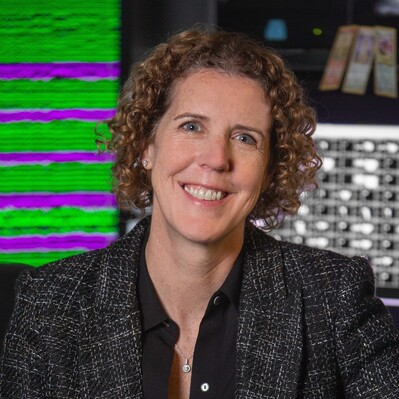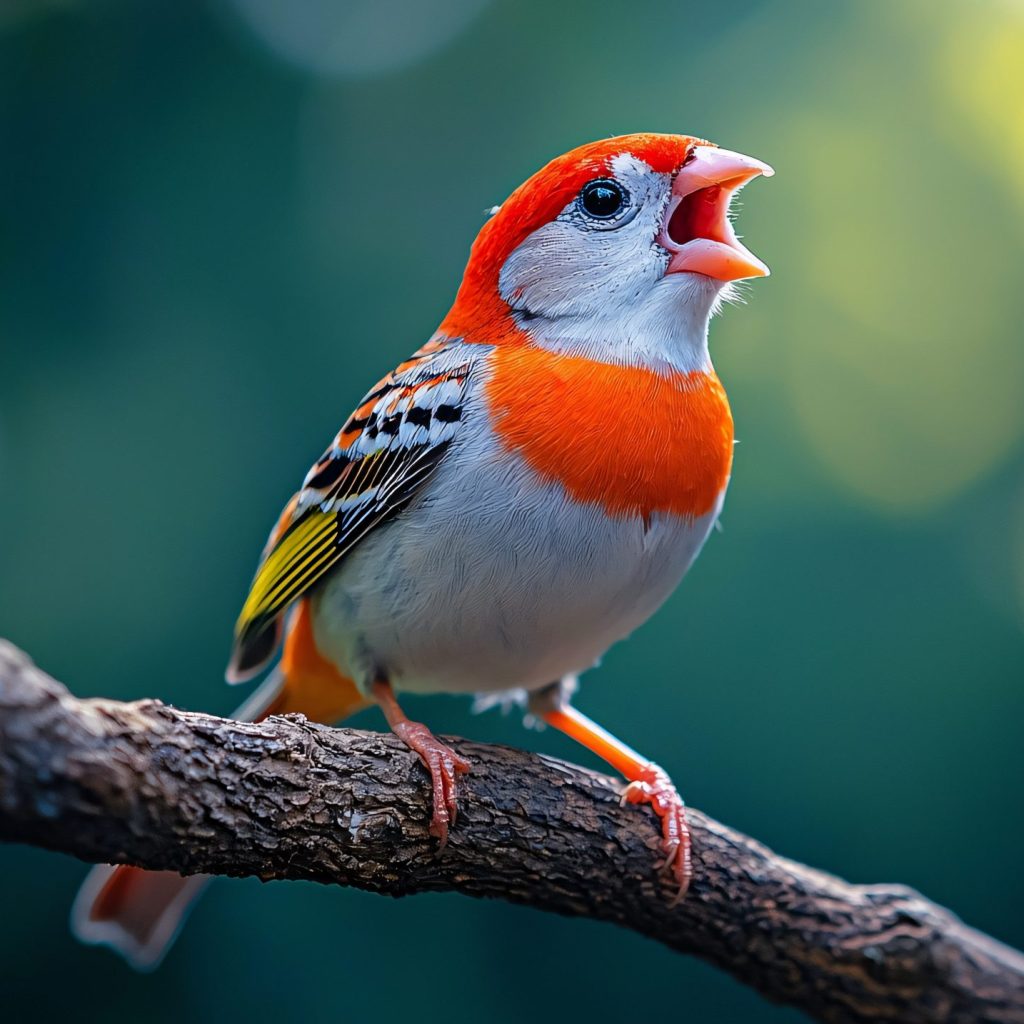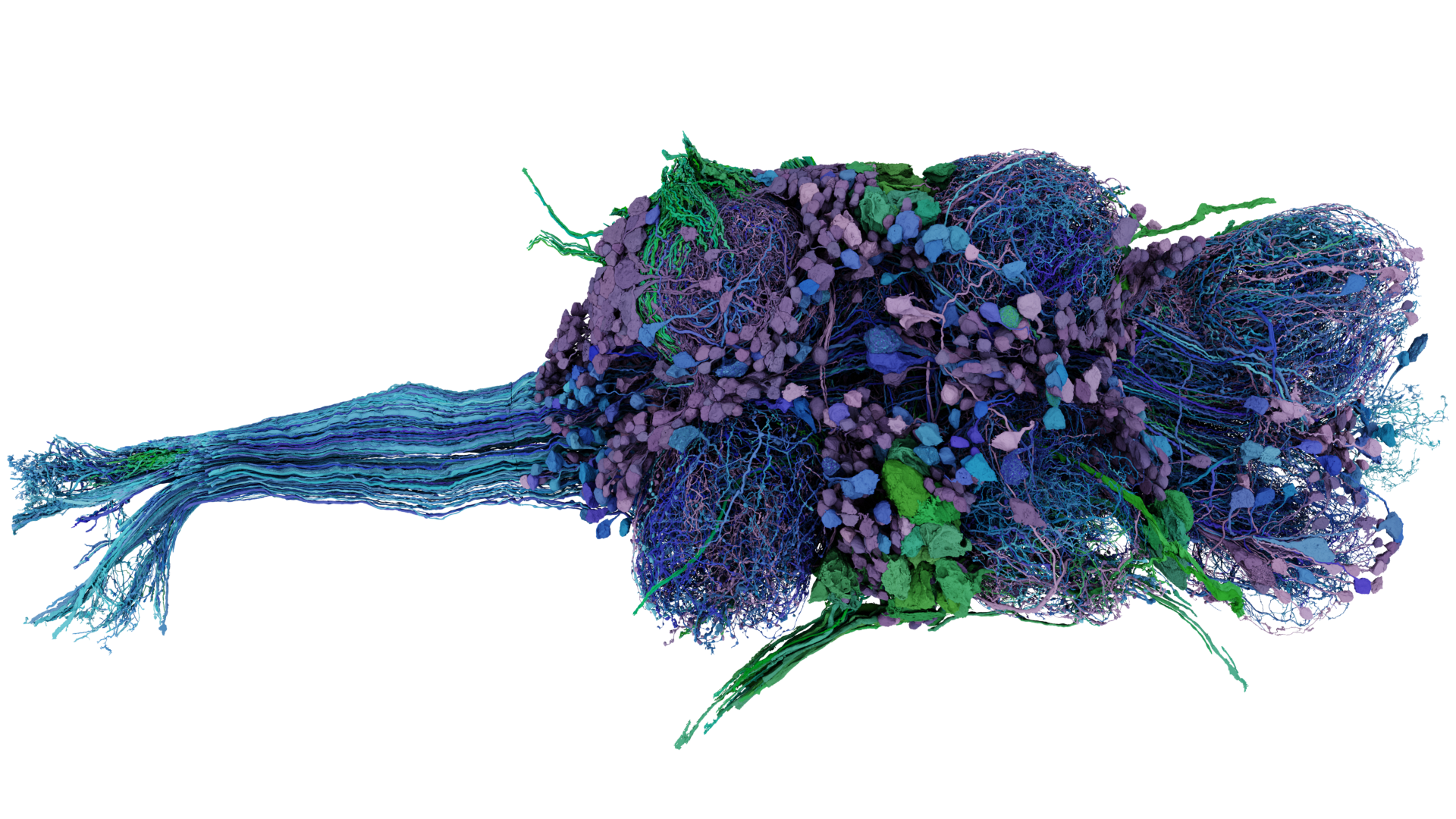
Neurobiology & Biophysics
Our research builds on our traditional strengths in the fields of neuroscience, physiology, and biophysics, and embraces new fields that reflect our diverse scientific pursuits
Image: fanc – premotor – Tyler Sloan
Featured News
Research Assistant Professor Opportunity Now Open at UW NBIO
The Department of Neurobiology & Biophysics is seeking a full-time Research Assistant Professor to join its innovative neuroscience team on the UW Seattle Campus.
Featured News
Fairhall lab and Columbia University researchers join forces on groundbreaking study tracking dopamine in birdsong learning
In a study published in Nature on March 12, Adrienne Fairhall and Fairhall lab member, Alison Duffy, collaborated with Vikram Gadagkar’s lab at Columbia University to study the role of dopamine in song learning.
Featured News
Elizabeth A. Buffalo, PhD, to serve as inaugural chair of Neurobiology & Biophysics
Elizabeth A. Buffalo, PhD, has been selected as the Founding Chair to lead the new Department of Neurobiology & Biophysics.
News & Events
Latest News
Upcoming Events
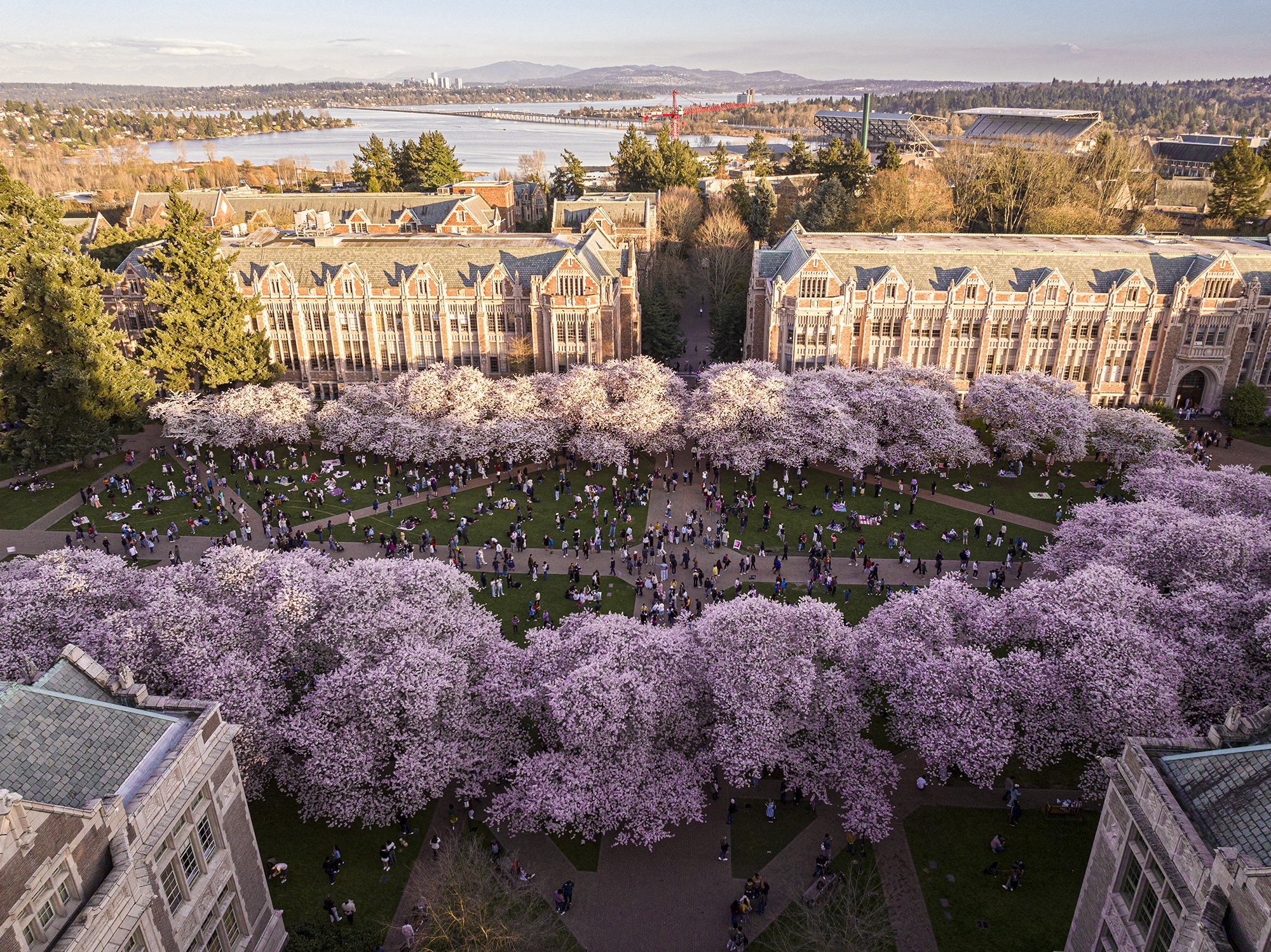
Make a Gift
Support world-class training for the next generation of scientists.
Image: UW Visual Assets
